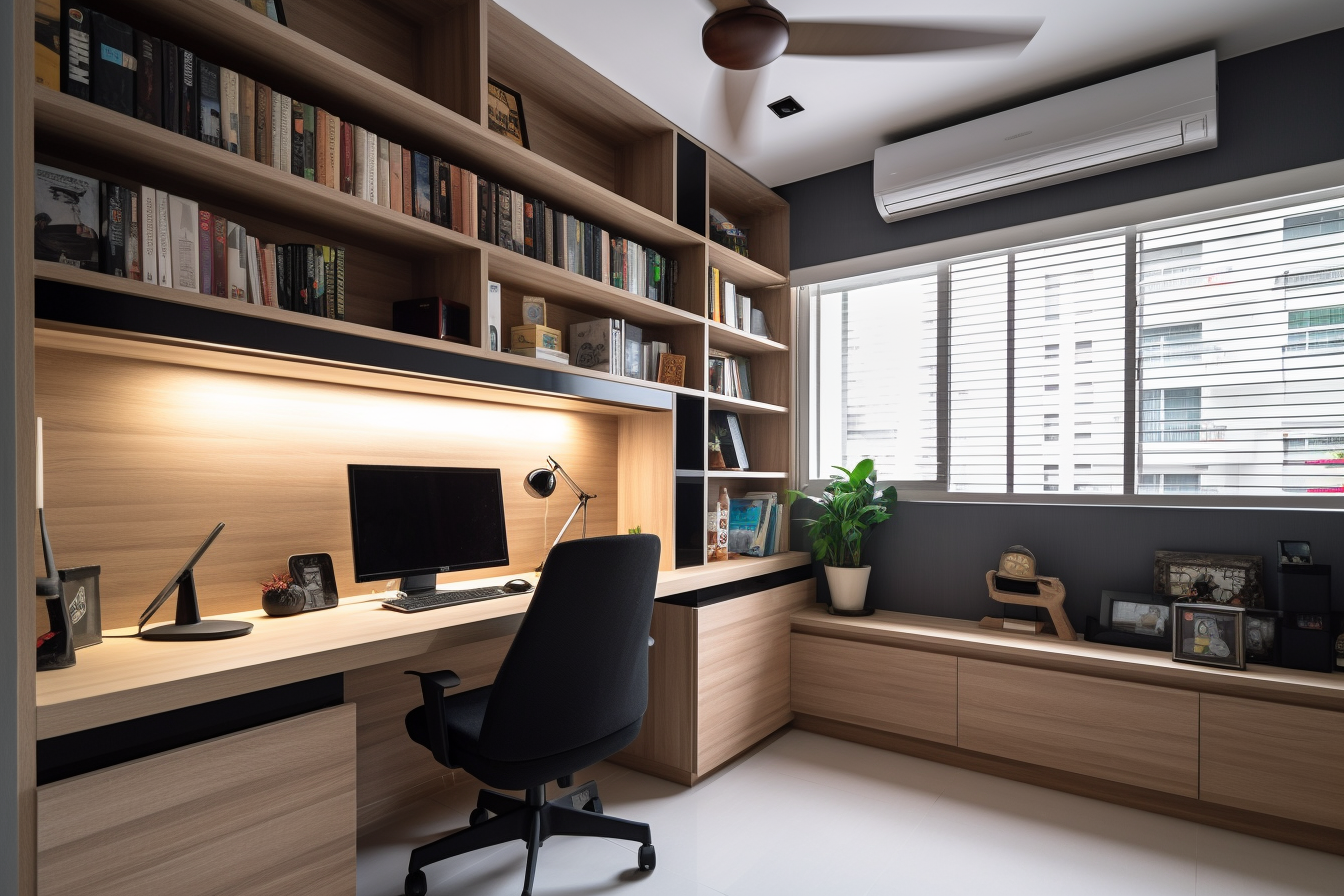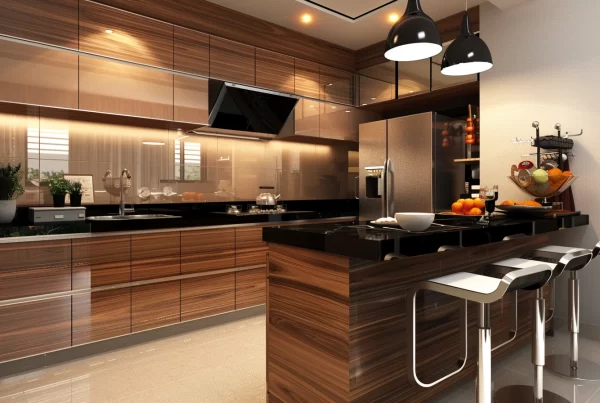Designing a home office is an exciting endeavor, offering the promise of a productive and comfortable workspace within the comfort of your own home. However, without careful planning and consideration, it’s easy to fall prey to common design mistakes that can hinder productivity and comfort. In this essay, we’ll explore some of these pitfalls and provide practical tips on how to set up a home office in any room effectively.
Common Home Office Design Mistakes
- Poor Ergonomics: One of the most prevalent mistakes is neglecting ergonomics. Using improper seating, desk height, or computer placement can lead to discomfort, fatigue, and even long-term health issues like back pain and repetitive strain injuries.
- Inadequate Lighting: Insufficient or harsh lighting can strain your eyes and cause headaches, reducing productivity and causing discomfort over time. Poor lighting can also affect mood and overall well-being.
- Clutter and Disorganization: A cluttered workspace not only looks unappealing but also hampers productivity. It’s essential to keep your workspace organized and clutter-free to maintain focus and efficiency.
- Lack of Personalization: Your home office should reflect your personality and preferences to create a space where you feel motivated and inspired. Neglecting to personalize your workspace can make it feel sterile and uninspiring.
- Distractions: Designing your home office in a high-traffic area or near distractions like the TV can significantly impact your ability to concentrate and work effectively.
Tips for Setting Up a Home Office
- Choose the Right Location: Select a quiet and secluded area in your home away from distractions. Ideally, this space should have ample natural light and sufficient ventilation to create a conducive work environment.
- Invest in Ergonomic Furniture: Opt for a comfortable chair with good lumbar support and a desk that allows for proper posture and wrist alignment. Consider adjustable options to cater to your specific needs.
- Prioritize Lighting: Maximize natural light by positioning your desk near windows. Supplement with task lighting, such as desk lamps or overhead lights, to reduce eye strain. Avoid harsh fluorescent lighting.
- Organize and Declutter: Invest in storage solutions like shelves, cabinets, and desk organizers to keep your workspace tidy. Regularly declutter your office space to maintain a clean and organized environment.
- Personalize Your Space: Add personal touches like artwork, photos, or plants to make your home office feel inviting and inspiring. Choose decor that motivates you and reflects your personality.
- Minimize Distractions: Create boundaries to minimize distractions during work hours. Consider using noise-canceling headphones or implementing productivity apps to stay focused.
- Incorporate Greenery: Introducing plants into your workspace can improve air quality, reduce stress, and increase productivity. Choose low-maintenance plants like succulents or peace lilies to add a touch of nature to your home office.
Designing a home office requires careful attention to detail to ensure a comfortable, productive, and inspiring workspace. By avoiding common design mistakes and following practical tips for setting up a home office, you can create a functional and inviting environment conducive to success. Remember to prioritize ergonomics, lighting, organization, personalization, and minimizing distractions to optimize your home office experience.







